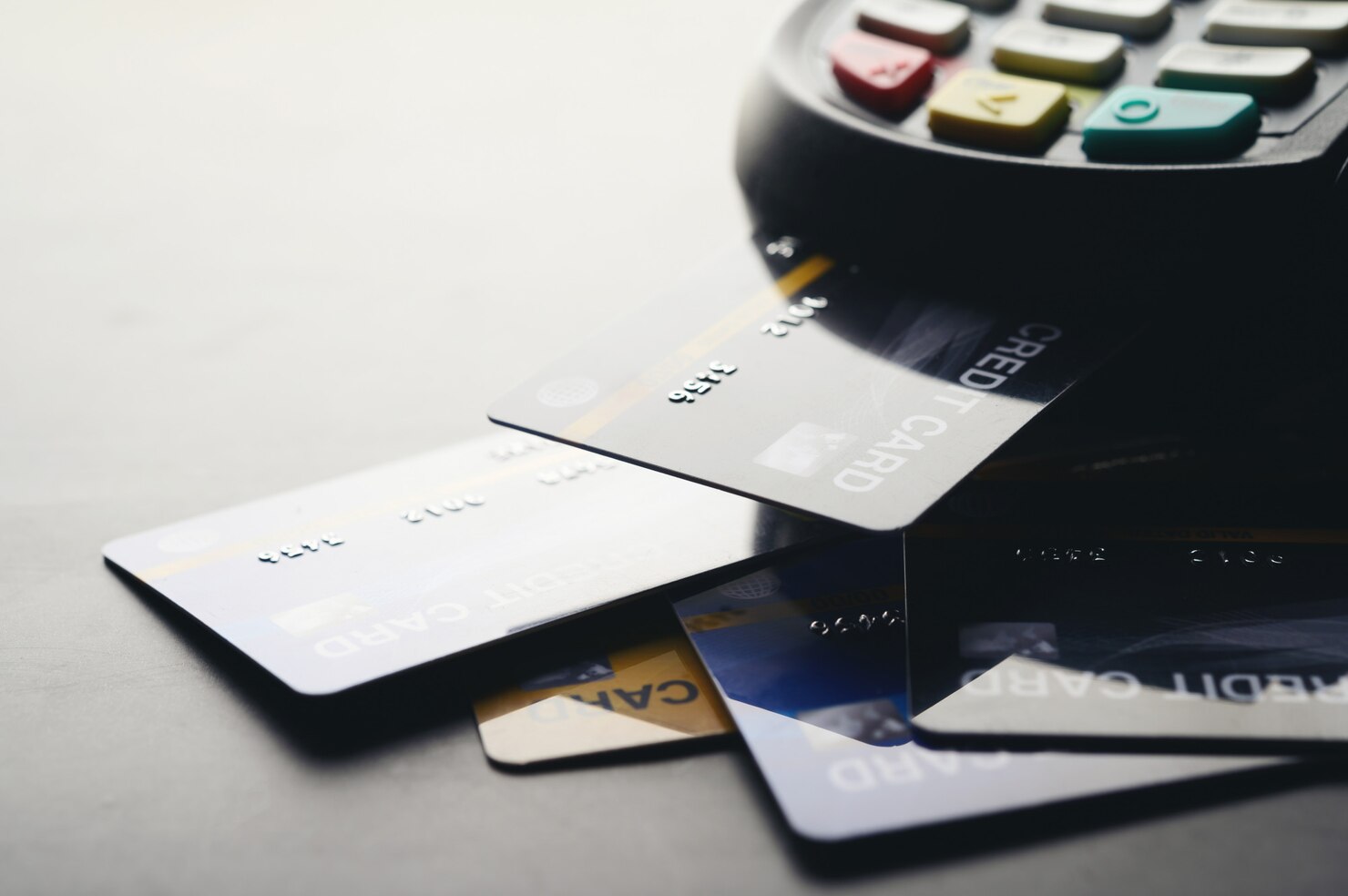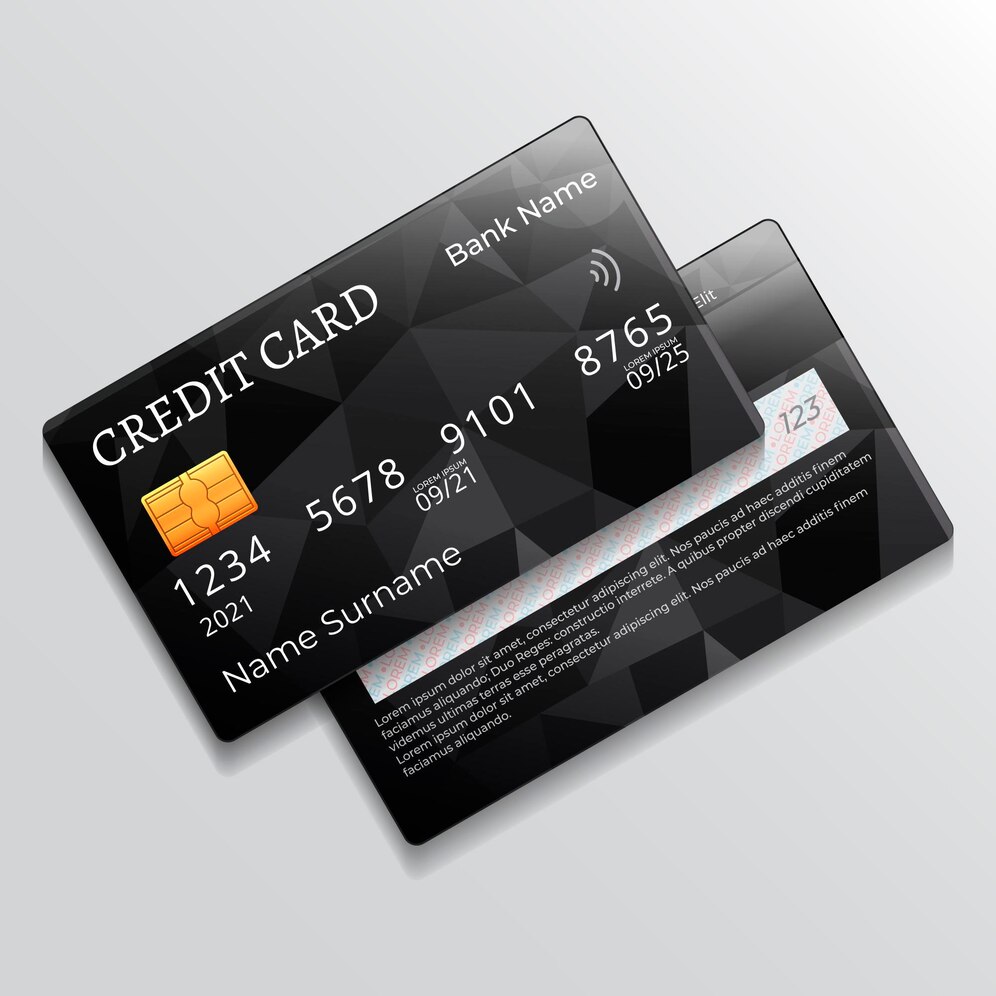Introduction
Anúncios
Credit cards offer convenience and rewards, but if not used wisely, they can lead to mounting debt and financial stress. Credit card debt is one of the most common types of consumer debt, and managing it effectively is key to maintaining a healthy financial life. This guide will provide practical tips to help you stay in control of your credit card debt, reduce what you owe, and prevent future financial challenges.
Understanding Credit Card Debt
Credit card debt accumulates when you carry a balance on your credit card from month to month. If you only make the minimum payment, interest is added to your balance, and over time, this can snowball into a significant amount of debt. The key is to take proactive steps to prevent this from happening and, if you already have debt, work to reduce it as quickly as possible.
Anúncios
1. The True Cost of Minimum Payments
Credit card companies often advertise the minimum payment as a manageable way to pay off your balance. However, this approach is costly in the long run. When you make only the minimum payment, a large portion of that payment goes toward interest, leaving your principal balance relatively untouched. This prolongs your debt repayment and increases the overall cost of your credit card purchases.
Example:
If you owe $5,000 on a credit card with an interest rate of 18%, and you only pay the minimum each month, it could take you over a decade to pay off the debt, and you could end up paying nearly double the original amount in interest.
Anúncios
2. Understanding Interest Rates (APR)
The Annual Percentage Rate (APR) is the rate at which interest is charged on your outstanding balance. Credit card APRs can vary significantly, depending on your credit score and the card’s terms. A higher APR means you’ll pay more in interest if you carry a balance. To minimize interest costs, it’s essential to understand how your APR works and how to reduce it, either by negotiating with your card issuer or transferring your balance to a lower-interest card.
Practical Tips for Managing Credit Card Debt
Now that you understand the basics, let’s dive into practical strategies to manage and reduce credit card debt.
1. Pay More Than the Minimum
One of the simplest ways to tackle credit card debt is to pay more than the minimum payment each month. The more you pay, the quicker you’ll reduce your balance, and the less interest you’ll accumulate. Even paying an extra $50 or $100 per month can make a significant difference over time.
Example:
If you owe $5,000 and have an interest rate of 18%, paying $200 a month instead of the $100 minimum can reduce your repayment time by years and save you thousands in interest.
2. Focus on the Highest Interest Debt First
If you have multiple credit cards with balances, the “debt avalanche” method is an effective strategy to minimize your interest payments. This method involves focusing on paying off the card with the highest interest rate first while making minimum payments on the others. Once the highest-interest card is paid off, move on to the next highest, and so on.
Benefits:
- You save money on interest payments.
- You pay off your overall debt faster.
3. Consider a Balance Transfer
A balance transfer is when you move debt from one credit card to another, typically to a card with a lower interest rate or a 0% APR introductory offer. This can be a powerful tool for consolidating and paying off debt more affordably. Many balance transfer credit cards offer a 0% APR period for 12-18 months, allowing you to pay down your balance without accruing additional interest.
Things to Consider:
- Some cards charge a balance transfer fee (usually 3-5% of the transferred amount).
- Make sure you pay off as much as possible before the introductory APR period ends.
4. Create a Budget and Stick to It
One of the most effective ways to manage credit card debt is by controlling your spending. Creating a realistic budget will help you track where your money is going and identify areas where you can cut back. Allocate a portion of your budget toward paying off your credit card debt each month, and make this a priority over discretionary spending.
Steps to Create a Budget:
- Track Your Spending: Monitor your daily, weekly, and monthly expenses.
- Prioritize Debt Repayment: Allocate a specific amount toward credit card payments.
- Cut Unnecessary Expenses: Identify areas where you can reduce spending (e.g., eating out, subscription services).
5. Automate Your Payments
To avoid missing payments or incurring late fees, set up automatic payments for at least the minimum payment amount. This ensures you stay on track, and you can avoid unnecessary penalties. If you can, automate a higher payment amount to accelerate your debt reduction.
6. Negotiate with Your Credit Card Issuer
If you’ve been a responsible cardholder and have a good payment history, you may be able to negotiate a lower interest rate with your credit card company. Call your card issuer, explain your situation, and ask if they’re willing to lower your APR or offer any payment plans to help manage your debt.
Tip:
It’s best to be polite and persistent. If you’re in a financial hardship, some credit card companies offer hardship programs that may include lower interest rates or temporarily reduced payments.
7. Avoid Using Your Credit Cards
If you’re serious about paying off your credit card debt, it’s important to stop adding to the balance. Avoid using your credit cards for new purchases while you’re focused on paying down the debt. Instead, switch to using cash or a debit card to control your spending.
8. Consolidate Your Debt
If you have multiple credit card balances, debt consolidation may be a good option. Debt consolidation involves taking out a single loan to pay off multiple credit cards. This simplifies your payments and often comes with a lower interest rate, making it easier to manage and pay down your debt.
Options for Debt Consolidation:
- Personal Loans: A personal loan can offer a lower interest rate than credit cards.
- Home Equity Loans: If you own a home, a home equity loan can be used to consolidate debt at a lower interest rate.
- Debt Management Plans (DMPs): Non-profit credit counseling agencies can help you set up a debt management plan, where you make a single monthly payment to cover all your credit card debt.
Step 5: Monitor Your Progress
Managing credit card debt is an ongoing process, and it’s important to track your progress along the way. Keep an eye on your credit card statements, check your balance regularly, and monitor your credit score. Watching your debt decrease can be motivating and help you stay committed to your repayment plan.
Tools to Help You Track:
- Budgeting Apps: Apps like Mint, YNAB (You Need A Budget), and Personal Capital can help you stay on top of your finances.
- Spreadsheets: Create a simple spreadsheet to track your payments and outstanding balances.
- Credit Monitoring Services: Use a free credit monitoring service to track your credit score and identify any potential errors on your report.
Conclusion
Credit card debt can be a challenge, but with the right strategies and discipline, it’s possible to manage and eliminate it. By paying more than the minimum, focusing on high-interest debt, and creating a realistic budget, you’ll be on the path to financial freedom. Remember, the key to managing credit card debt is consistency and commitment. Once you’ve paid off your balances, practice good credit habits to avoid falling back into debt and to maintain a healthy financial future.


